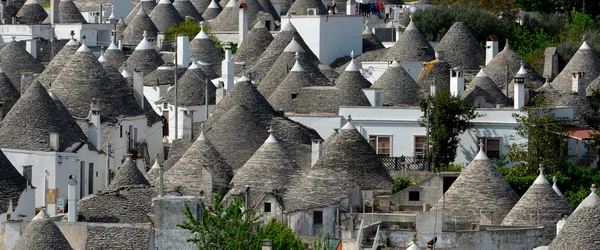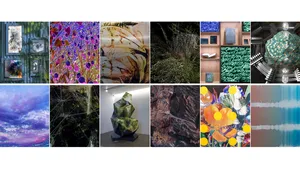UNESCO’s Treasures of the Ancient Silk Roads

The Silk Roads have linked diverse communities across Asia, Europe and Africa for millennia. They not only unified people through trade, they also helped spread ideas, inventions, knowledge and artistic traditions — bringing distant parts of the world a little closer together. We’re fortunate that many of the treasures from this cultural exchange have been preserved for all to see.
Today, UNESCO Almaty Regional Office invites everyone to join us on a virtual journey across Central Asia through cultural treasures of the Silk Roads on Google Arts & Culture. We’re excited to share this in the form of a new “Pocket Gallery” experience helping anyone to immersively explore the treasures brought together from the region’s national museums.
Learn about the nomadic mythologies told through a diversity of pottery and figurines of animals and people. These artifacts show the sheer variety of civilizations that came in contact with each other through this historic trade network.
From clay sculptures, to bronze statues, azure-blue glazes and handwoven carpets, discover highlights from across Central Asia from Iran, Kazakhstan, Kyrgyzstan, Tajikistan, Turkmenistan and Uzbekistan — or explore the full collection of high-resolution 3D objects.
The "Golden Warrior" is a masterpiece of the jewelry art of the Scythian-Saka "animal" style. " There are more than four thousand gold plates on his attire, which were made using various metal processing techniques - casting, forging, stamping, chasing, engraving, granulating, embossing and carving.
A precisely calibrated model of the Earth — a miniature globe explaining the movement of the stars. The globe is made so that it can show both the zodiacal months and the constellations. The surface of the globe is divided into twelve longitude sections representing the lunar months and/or the space between each longitude, a 30-day month.
The mirror, which is over a thousand years old, masterfully weaves together mythical phoenixes, ducks and Buddhas, with a lotus in its center, a symbol of wisdom and peace.
A Greek trace in the form of an image of Dionysus, the god of wine, proof of active trade on the Silk Road.
This wall inscription fragment belonged to the mosque of Dandanakan, a medieval city located on the territory of modern Turkmenistan. Dandanakan was located on a caravan route in the Karakum Desert. There are cutout “kufi” inscriptions in this fragment along with vegetable and geometric patterns.
Two-headed snake from chrysotile, which is several thousand years old, demonstrates the skill of masters to work with the form.
Explore more UNESCO stories via Google Arts & Culture on the web and in the app (iOS/Android).







